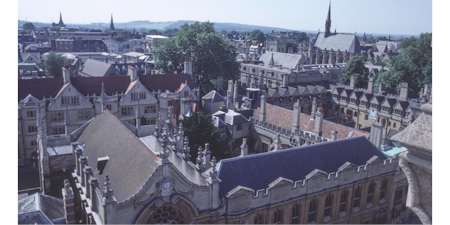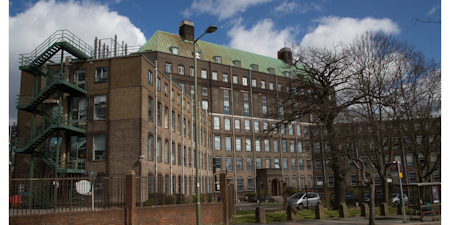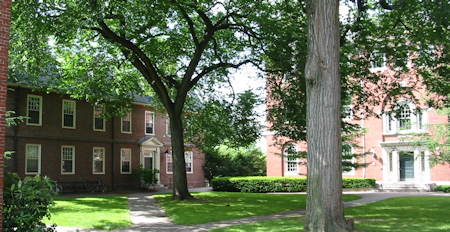BIOSENSORS, MOTOR PROTEINS AND MORE
MARTIN WEBB
SCIENCE
Home > About
ABOUT ME

A SHORT BIO - 1 - TRAINING
Martin Webb was a senior group leader at the Francis Crick Institute, London, working on the interface between Biophysics, Biochemistry and Chemistry, before retiring in 2016.
He originally trained as a chemist at Oxford, before working on enzyme mechanisms at Oxford and Harvard, particularly on stereochemical aspects of interactions between substrates and proteins.
He moved to the Biochemistry Department at the University of Bristol, working on muscle biophysics and biochemistry. He then held a Muscular Dystrophy Association Fellowship at the Department of Biochemistry and Biophysics, University of Pennsylvania. There he worked particularly on oxygen isotope exchange and stereochemical methods to investigate ATPase mechanisms, and on application of such methods to single muscle fibres to investigate mechanochemical coupling.

A SHORT BIO - 2 - GROUP LEADER
He then returned to the UK to take a position as Group Leader at the MRC National Insitute for Medical Research (NIMR, Mill Hill). After NIMR became part of the new Francis Crick Institute in 2015, he was a senior group leader at the Crick, before retiring in 2016.
His research interests are in developing and applying novel techniques to understand the action of molecular motors, including helicases and myosins. This approach particularly uses fluorescence techniques to understand the relationship between mechanical events (e.g. movement or force production) and chemistry (e.g. ATP hydrolysis), mediated by these proteins. He has developing fluorescent, protein-based reagentless biosensors and probes.
He is an author on more than 100 publications and several patents have come out of his group’s work..

DATES
University Record
1969-1973, University College, Oxford University (Chemistry)
1973-1974, Dysons Perrins Laboratory, Oxford University (D.Phil.)
1974-1976, Department of Chemistry, Harvard University (NATO Scholarship, Research for D.Phil., above.)
Postdoctoral Positions
1976-1978, Department of Biochemistry, Bristol University
1978-1980, Department of Biochemistry and Biophysics, University of Pennsylvania (Muscular Dystrophy Association of America, Postdoctoral Research Fellow,
1980-1983, Department of Biochemistry and Biophysics, University of Pennsylvania (Research Associate)
GROUP LEADER
1983-2015, MRC National Institute for Medical Research, London (Scientific Staff and Programme Leader, Physical Biochemistry Division)
2015-2016, The Francis Crick Institute, London (Senior Group leader)

PRESENCE ON SCIENTIFIC "SOCIAL MEDIA"
THANKS TO FUNDERS
The research at NIMR was core funded by the Medical Research Council, U.K. The Crick has core funding from Medical Research Council, U.K.,, Wellcome Trust and Cancer Research UK. Past grant funding has included NIH, Wellcome Trust, MRC Technology and the European Union.